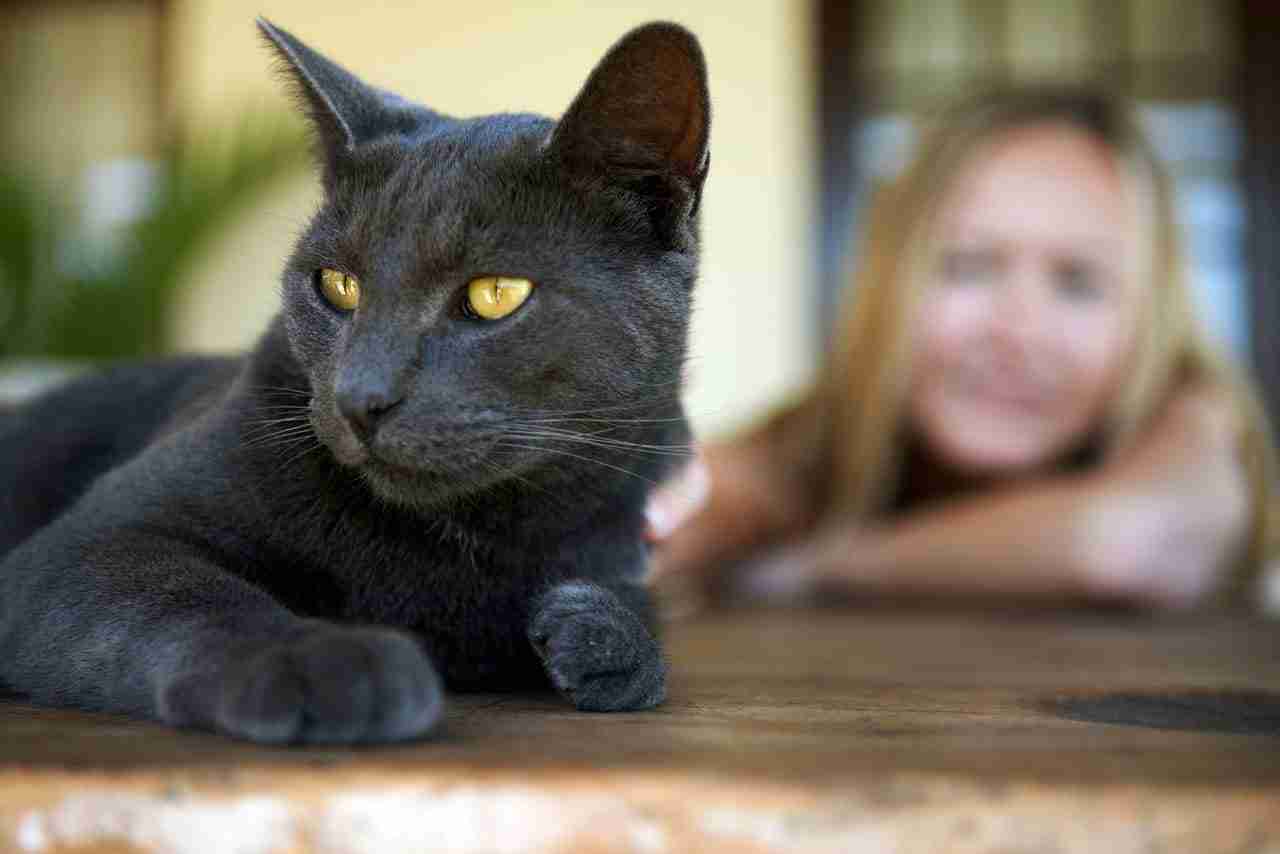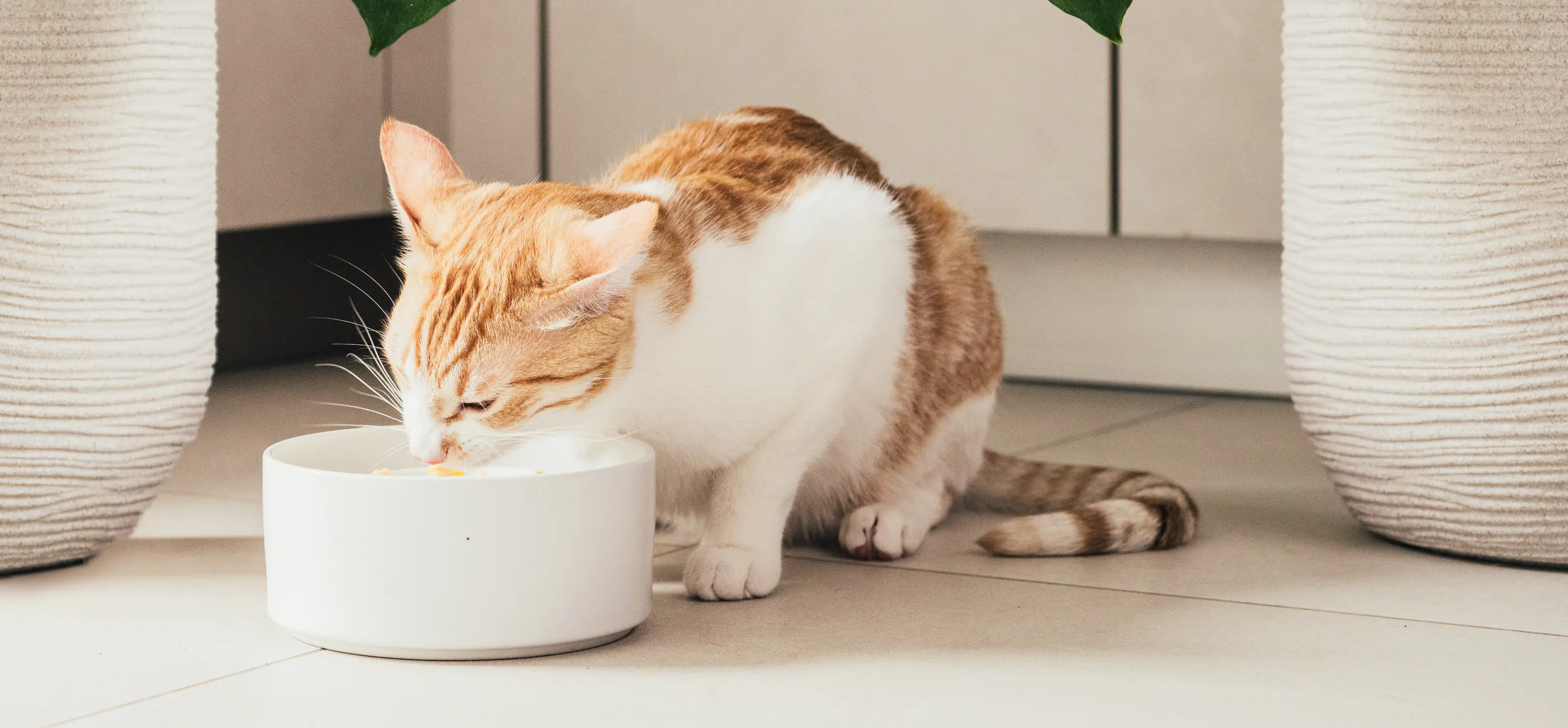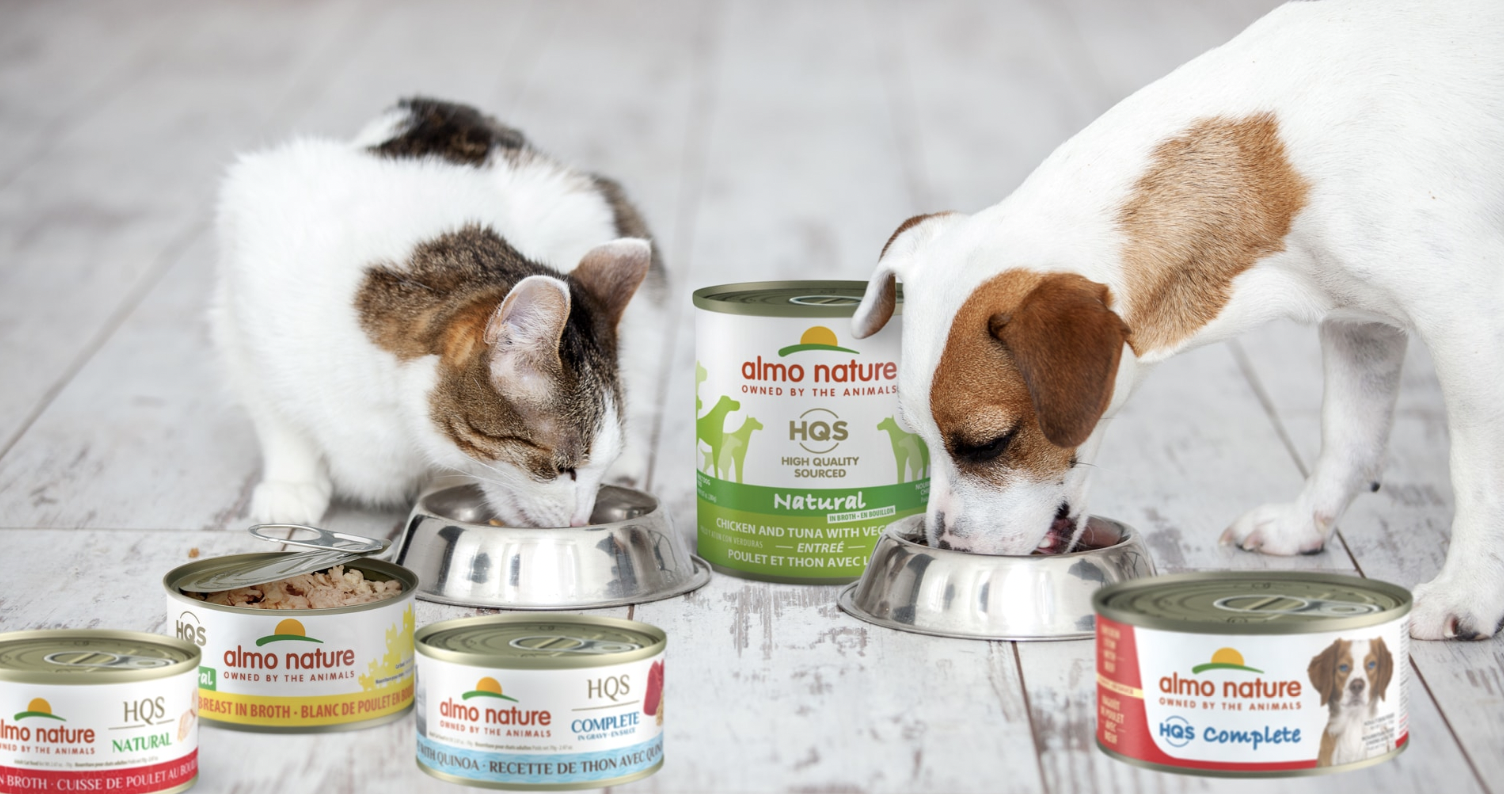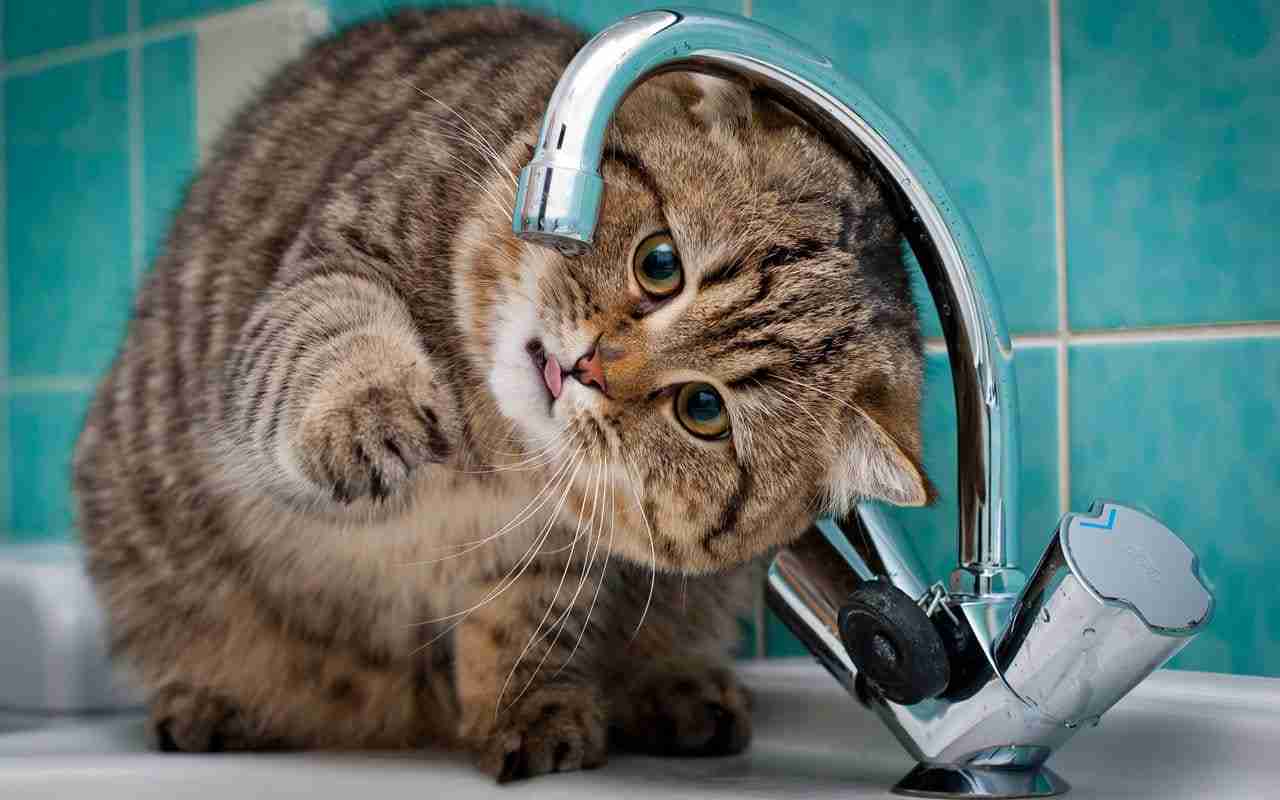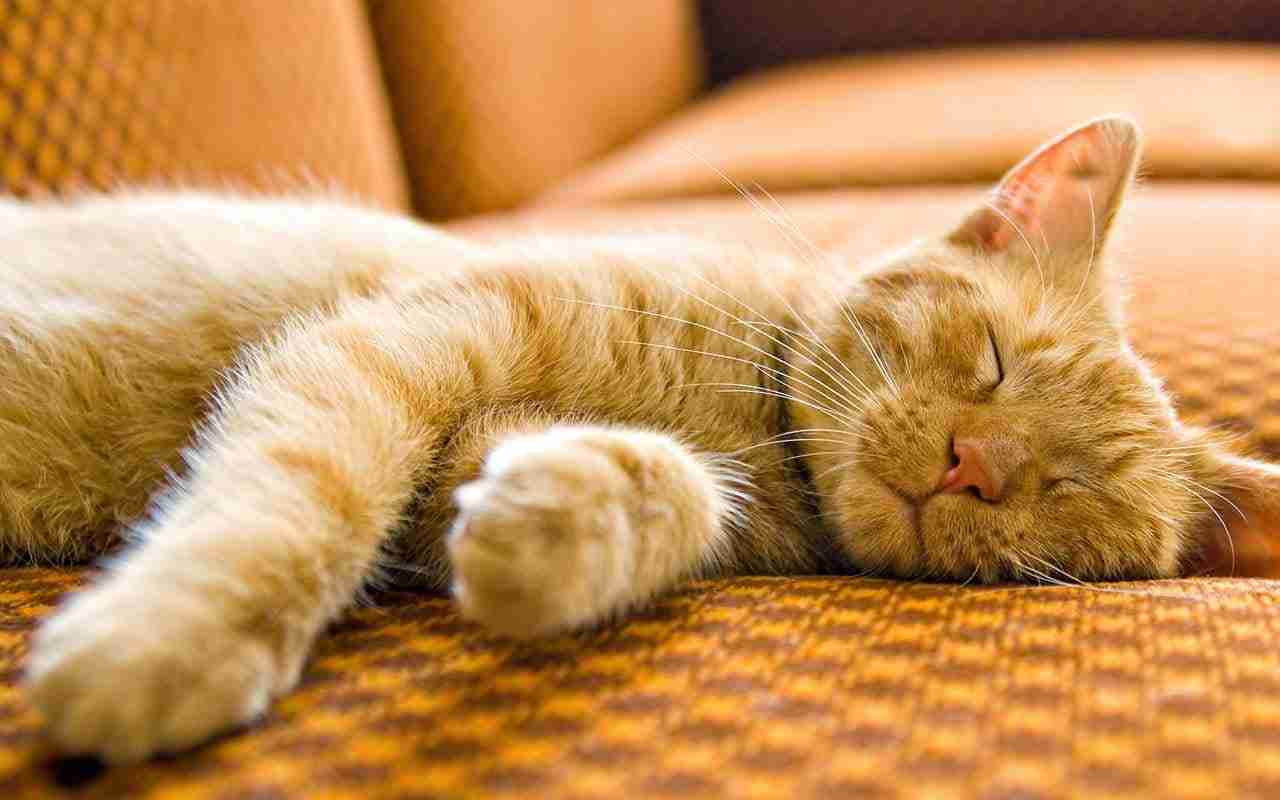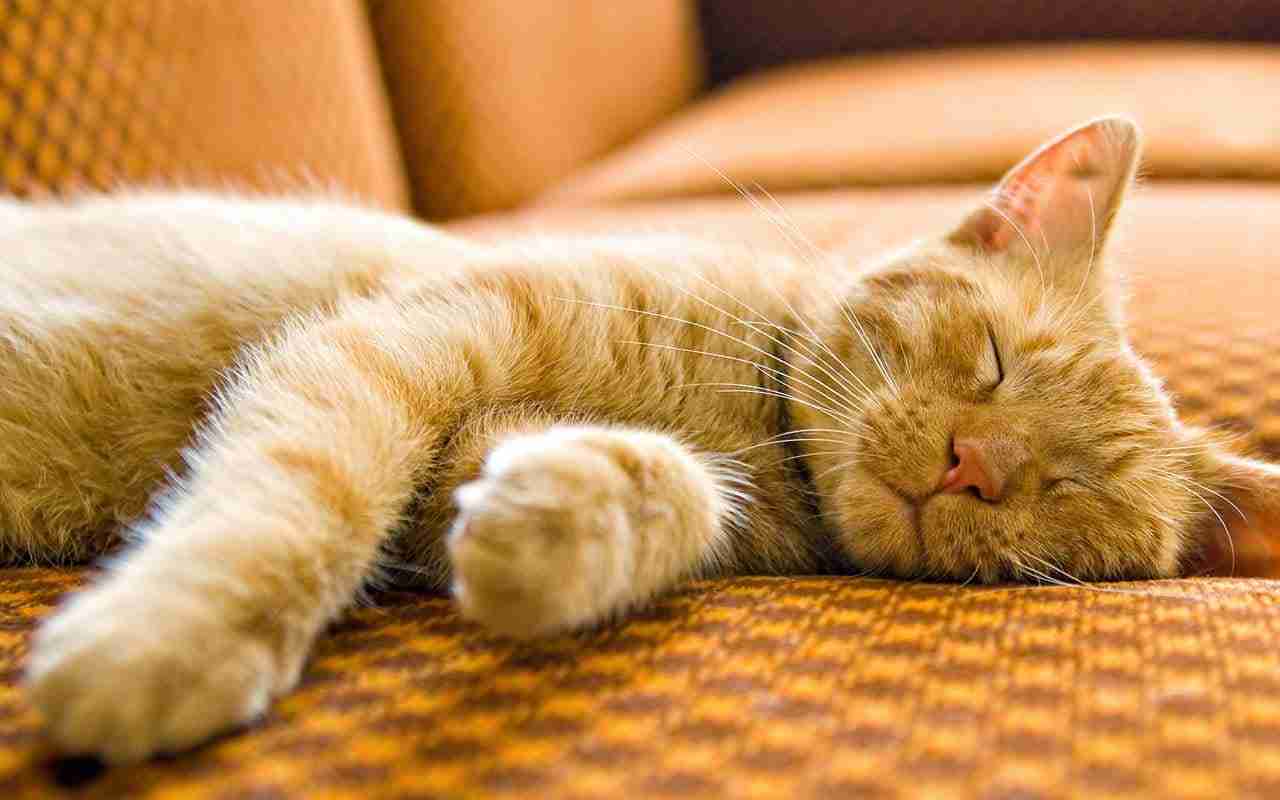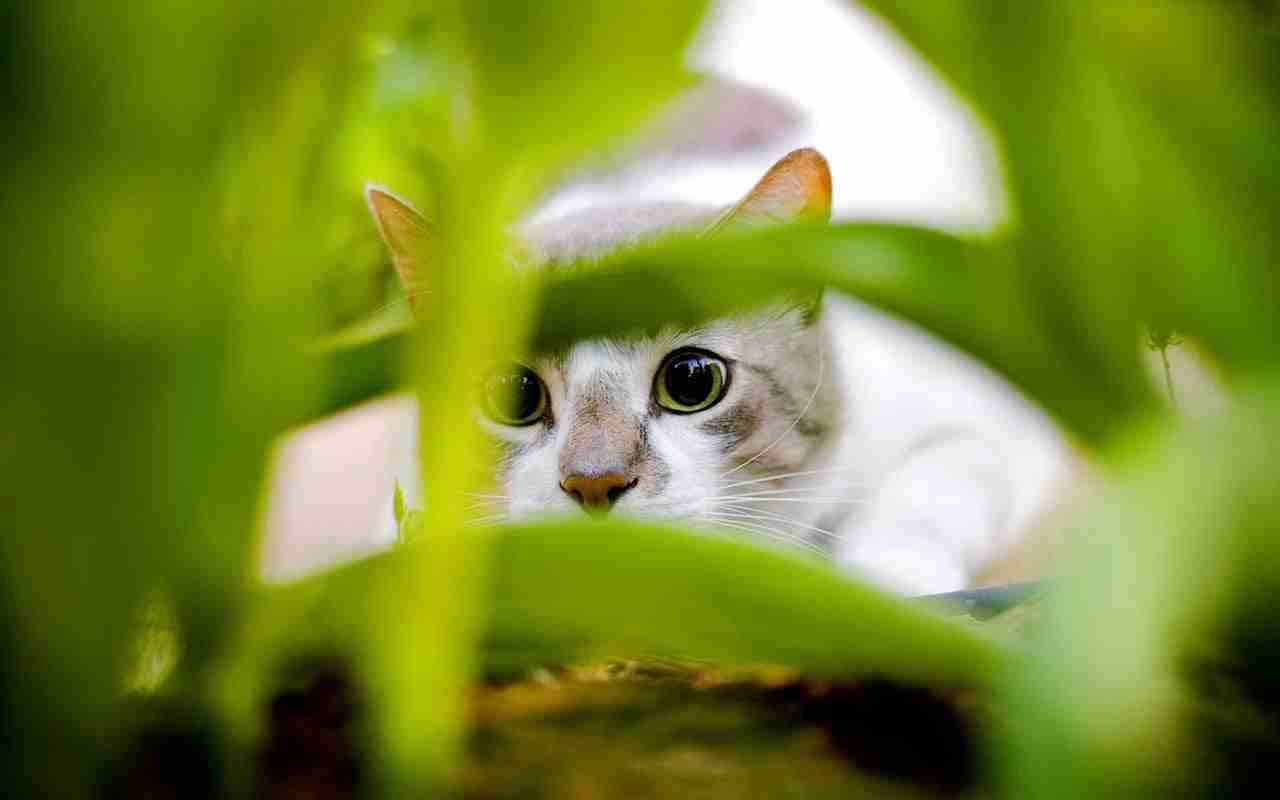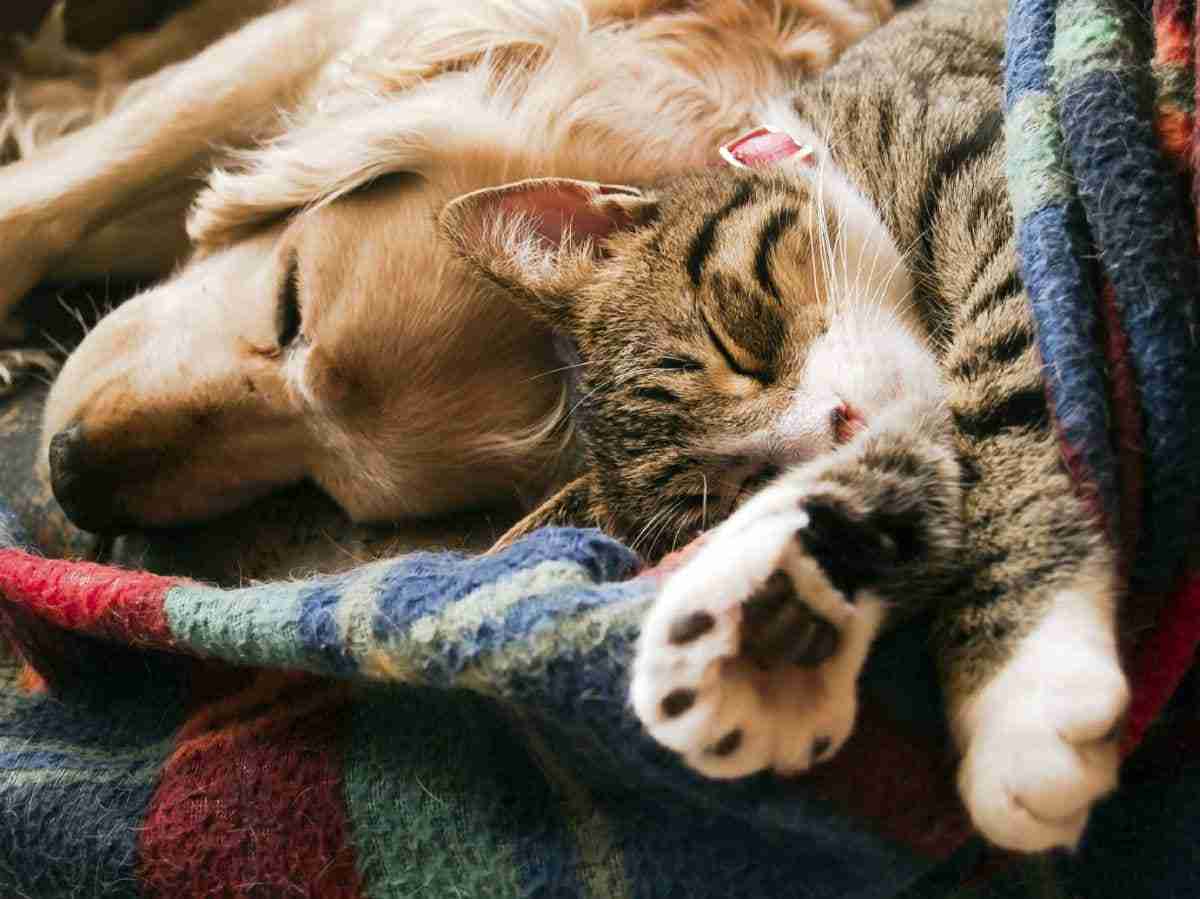How to Teach a New Kitten How to Use the Litter Tray
Welcoming home a new kitten is always a joy. However, to start off on the right foot, it's necessary to teach them how to use the litter tray as soon as possible upon their arrival.
Kittens learn this behaviour around 3-4 months of age by imitating the behaviour of their parents. But even without their parents, they are instinctively predisposed to look for loose soil to dig and hide their deposits in.
With some forethought and a bit of patience it will therefore be very easy to teach them to use the litter tray.
How to teach a kitten to use the litter tray or box
1) On arrival home, immediately show the kitten the location of the litter tray
2) Gently place them into the litter to allow them to feel it under their paws and to smell the odour
3) Simulate digging with a finger and make sure they do the same by gently holding their paw and helping them dig a little
4) Letting the kitten experience the litter tray in a calm and playful environment is key to ensure it will always be associated in a positive light
It is also important to always keep the litter box clean, so that the kitten is more likely to use it.
Where to put the litter tray?
Place the litter tray in a quiet area that's easily accessible but not too close to the kitten's eating area.
Do not scold the kitten if it fails to use the tray properly for the first few times. If you live in a big house with more than one floor, it will also be useful to place multiple litter trays around the house, otherwise, the kitten may have trouble reaching the litter tray in time or remembering its exact location.
Initially, place the litter tray in the room where the kitten spends most of its time, then gradually, over time, move it to the place you have selected as the tray's permanent location.
If you have other cats in the house, they may not like sharing a litter tray. In fact, the rule, recommended by many animal behaviourists is "a litter box for each cat, plus one more." Although this may not always be possible due to space limitations, this advice is still important and each cat should have its own litter tray if possible.
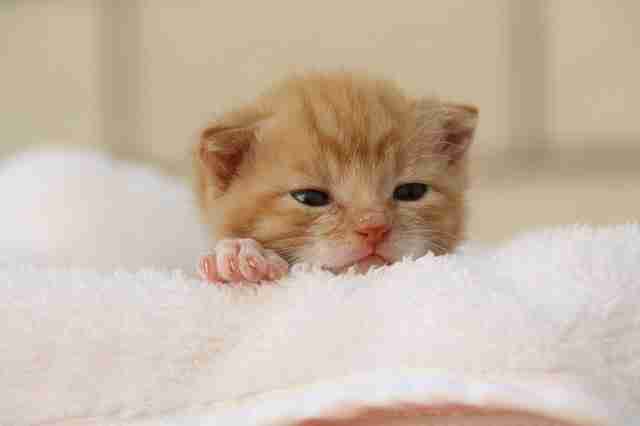
Help! Which cat litter is best for a kitten?
First, choose a large litter box with low sides: this way, the kitten will have no difficulty getting into it.
Opt for cat litters that are light in colour: this will allow for better monitoring of their deposits, for example, to check if any blood appears in their urine or feces indicating a medical problem.
Choose a fine-grain, natural vegetable litter that's free of chemical additives and synthetic perfumes; it's especially important for the litter to be dust-free so the kitten doesn't suffer any respiratory issues from breathing any dust in.
CatLitter, the litter loved by cats and kittens
Among the countless litters on the market, CatLitter by Almo Nature is one of the few that is specifically designed to appeal all cats, even the youngest.
The very fine grains--similar to sand--have a soft, pleasant feel under a cat's paws, making them inclined to dig and bury their deposits.
CatLitter is also safe for cats' health. Made from plant fibres and without any added additives, CatLitter is 100% natural and dust-free.



